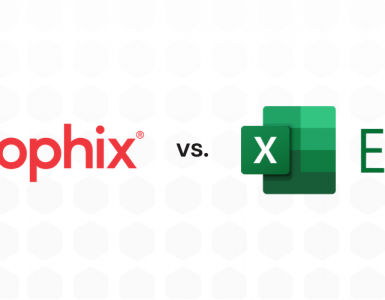
The advantage of inbound marketing
As the marketing lead for a mid-sized company in the competitive CPM (Corporate Performance Management) software market, one of my core objectives is to increase awareness of our offering, often going up against bigger companies with larger marketing budgets. With that in mind, we recently embarked on a strategy that places greater emphasis on “Inbound Marketing”. Inbound Marketing is a combination of marketing tactics, such as search engines, referrals, and social media, which draw or pull an audience into a connection with your company. This is in compares with “outbound” or “push marketing” activities that involve paying to get in front of an audience to capture their attention. Examples of this latter approach include various forms of paid advertising, cold-calling, and email blasts.
The advantage of inbound marketing is that it can cost less and generate a higher quality audience because the contacts are volunteering their participation. However to make this approach work it’s crucial to have content that resonates, that is seen as valuable and more inclined to be circulated virally, via social networks. That’s at the root of why Analyst Relations have grown in importance as part of our marketing activities at Prophix.
The value that industry analysts can bring to an inbound strategy is the perceived subject matter expertise, objectivity, and credibility that is of particular use to someone who is at the point of researching and evaluating a vendor’s software. Analysts and the content they produce can act as a source of reference, putting your offering or solution in a context that helps the consumer along their buying cycle. This also means that if a consumer connects with you as a result of an analyst referral they, as with other contacts generated through inbound tactics, are typically of a higher quality and have cost less to acquire. In a recent study conducted by Research+Data Insights (RDI) eighty-four percent of respondents cited industry analyst reports as the top driver influencing their decision to purchase technology from a particular company.
When developing our overall marketing plan we viewed the analysts as falling into two broad categories:
- Generalists – they are typically large, deep organizations that cover a broad range of subject areas. Examples of these would include Gartner, IDC, and Forrester Research
- Specialists – these tend to be smaller, boutique style analysts that build their reputation based on their knowledge and expertise with a specific focus or niche area. Examples of these in Prophix’s space would include Dresner, BPM, BARC, Nucleus, Blue Hill, Ventana, PayStream, and Ovum.
Both types of analysts have their strengths and weaknesses. However, it’s also important to have a strategy to work with both to have an approach to Analyst Relations that effective.
You may also like Product Innovation: Building Products that Matter (Part 6)
In subsequent blogs, I’ll go into more detail on each of these various types of analysts, how they differ and when they’re relevant to various aspects of our marketing strategy.






